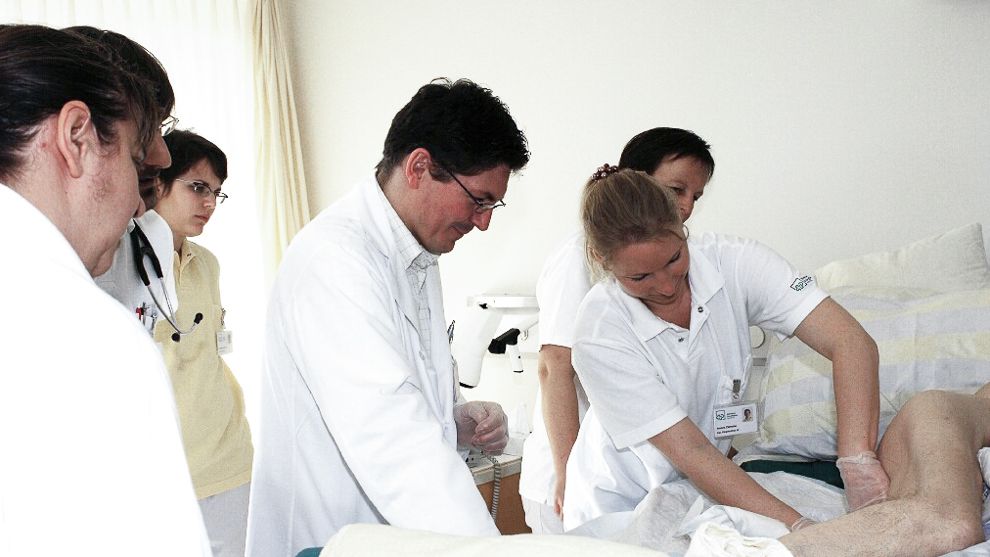
Health Behaviour
Health maintenance is considered a key outcome in the long-term care of persons with spinal cord injury (SCI). An person's health behaviour plays a major role in maintaining his or her health. Such behaviour encompasses a range of strategies that can be undertaken by the person and supported by the rehabilitation team. A key strategy toward health maintenance is the prevention of adverse events and comorbidities



